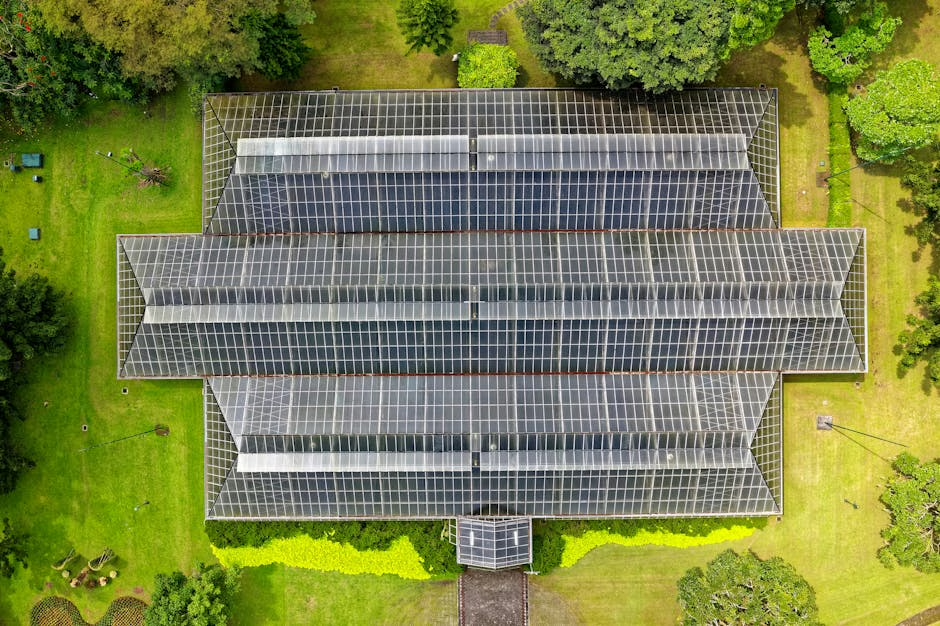Aerial Farming Technologies Transform Agricultural Practices in West Virginia
New Perspectives on Modern Agriculture
West Virginia’s agricultural landscape is experiencing a significant transformation as farmers increasingly adopt aerial technologies to monitor and manage their operations. These advanced tools are providing unprecedented insights into crop health, soil conditions, and overall farm productivity.
Drone Technology Revolutionizes Farm Management
Farmers across West Virginia are embracing drone technology as a cost-effective method to survey their land from above. These aerial tools allow for comprehensive monitoring of large areas in a fraction of the time required for traditional ground surveys.
“The aerial perspective has completely changed how we approach farm management,” says local farmer James Dhore. “What used to take days of walking fields can now be accomplished in hours, with more detailed information.”
Drones equipped with specialized cameras can detect early signs of crop disease, pest infestations, and irrigation issues before they become visible to the naked eye. This early detection capability enables farmers to address problems promptly, potentially saving entire harvests from devastation.
Economic Impact and Transportation Efficiency
The adoption of aerial farming technologies comes at a critical time when transportation costs and tariffs are significantly impacting agricultural economics. Farmers are finding that the efficiency gains from aerial monitoring help offset rising expenses in other areas.
Naima Jefferson, an agricultural economist at West Virginia University, notes that “with increased transportation costs and potential tariff impacts, farmers need every advantage they can get. Aerial technologies provide substantial return on investment through improved crop yields and reduced resource waste.”
The data collected from aerial surveys also helps optimize transportation logistics by identifying the most efficient harvesting patterns and timing, further reducing operational costs.
Future Developments and Challenges
As aerial farming technology continues to evolve, industry experts anticipate more sophisticated applications in the coming years. However, farmers also face challenges including regulatory considerations, privacy concerns, and the learning curve associated with implementing new technologies.
Despite these challenges, the trend toward aerial farm management shows no signs of slowing. With each technological advancement, the agricultural community in West Virginia moves closer to a more sustainable and profitable future.
“We’re just at the beginning of understanding what’s possible,” explains agricultural technology specialist Thomas Murray. “The farmers who embrace these tools now will be better positioned to thrive in tomorrow’s agricultural landscape.”
Community Impact
Beyond individual farm benefits, aerial agricultural technologies are fostering new forms of community collaboration. Farmers are increasingly sharing aerial data and insights, creating knowledge networks that strengthen the entire agricultural ecosystem in West Virginia.
As these technologies become more accessible and affordable, even smaller family farms can participate in the aerial revolution, potentially helping preserve West Virginia’s rich agricultural heritage while embracing modern innovations.


